10 Best Design Project Management Software in 2026
Pick the right project management tool for your design team.
For designers, who often juggle multiple projects with varying scopes and timelines, having a robust and intuitive design project management tool isn't just helpful; it's crucial. This software needs to go beyond the basic to-do lists and calendars. It should provide a structured yet flexible framework that adapts to the unique workflows of design projects.
From freelancers to large design studios, the right software can be a game-changer, transforming chaotic workflows into streamlined processes. But with an array of options in the market, how do you choose the one that resonates with your team's unique rhythm and requirements?
What is design project management software?
Design project management software is a specialized tool that caters to the unique needs of designers and creative teams. This software is designed not only to manage tasks and deadlines but also to foster creativity, collaboration, and the seamless flow of ideas.
Design projects often involve a fluid process with evolving ideas, frequent revisions, and a collaborative environment that can span across different geographies and time zones. Traditional project management tools may fall short of accommodating the dynamic and visual nature of design work. This is where design-specific project management tools come into play.
These tools offer a blend of visual interfaces, collaborative workspaces, and features that respect the creative process while enforcing the discipline needed to meet project goals. They provide a platform for everything from initial brainstorming to final delivery, ensuring every step of the creative process is captured and managed effectively.
In essence, design project management software is about bringing structure to creativity.
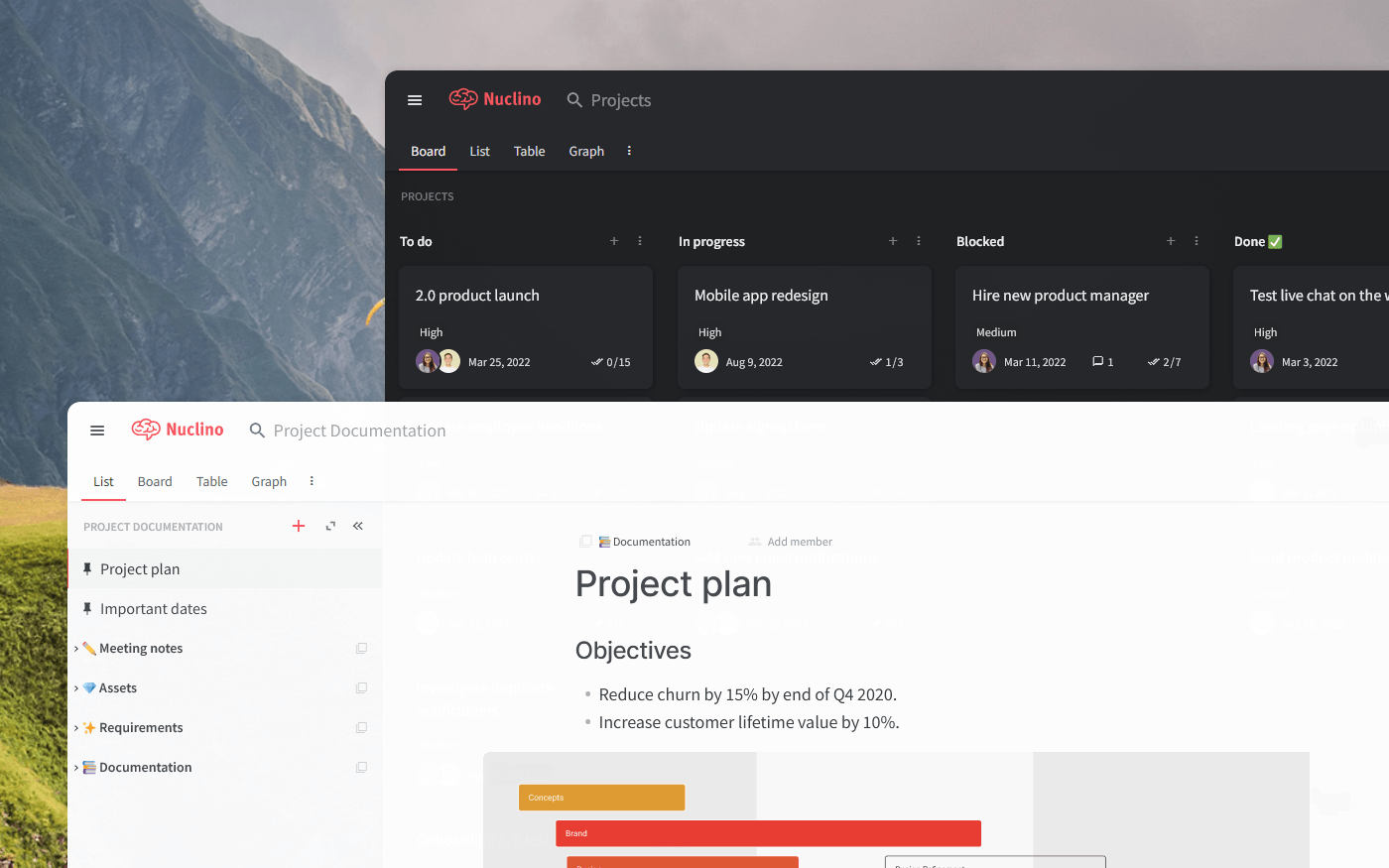
Key features of project management software for designers
Good design is essential to stand out in today's competitive market. Web design, as an example, shapes 94% of all first impressions and 75% of visitors see well-designed websites as more trustworthy. This makes it essential for design teams to have the tools that enable them to plan and execute design projects effectively.
When it comes to design project management software, certain features stand out as essential for facilitating a smooth, creative workflow.
Visual project planning: Design is inherently visual. Accordingly, the software should offer visual project planning tools like Gantt charts, Kanban boards, and mind maps.
Real-time collaboration: Given the collaborative nature of design work, the software must support real-time updates and communication. Features like document sharing, live editing, and comments are crucial for seamless teamwork.
Feedback and approval processes: The software should streamline the process of gathering feedback and approvals. Features that allow for easy sharing of designs with clients or stakeholders and capturing their feedback are essential.
Integration with design tools: Seamless integration with popular design tools and platforms (like Adobe Creative Suite, Figma, Sketch) allows for a more streamlined workflow, reducing the need to constantly switch between different apps.
Best project management tools for creative agencies or teams
While there may not be a one-size-fits-all solution when it comes to design project management software, there are many great options to choose from. Some of them keep it simple, while others are packed with complex features and customization options. Some cater to smaller creative teams, while others are tailored for larger agencies. Certain tools focus solely on project management, while others have broader applications.
The best choice ultimately depends on your team's unique design workflow and requirements. To make your evaluation process easier, we've put together a list of the best project management software for design teams and agencies, based on real reviews.
1. Nuclino
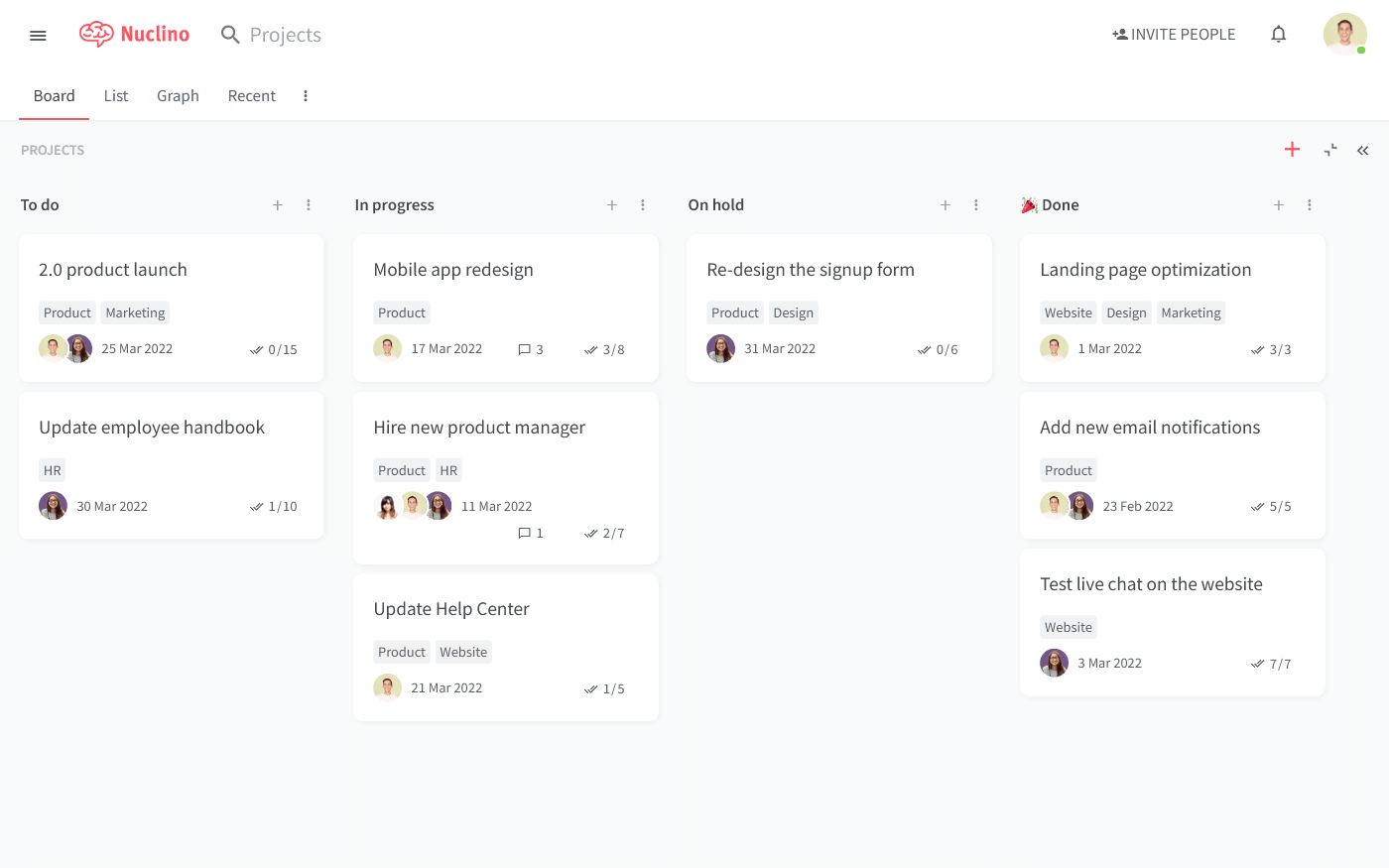
Pricing: Free, advanced features starting from $6/user/month
Rating on Capterra: 4.7/5
For design teams seeking a modern, lightweight, and user-friendly project management solution, Nuclino can be a great choice. While it's not exclusively a design project management tool, its design and feature set align well with the dynamic, collaborative nature of design work. The interface is clean and intuitive, ensuring that even the less tech-savvy creative professionals can quickly adapt and thrive using the platform.
You can visualize and manage your design workflows in multiple ways, including through a Kanban board for agile project tracking, a hierarchical list for structured planning, a mind map-style graph for conceptualizing relationships, and a table for detailed overviews. Customizable fields allow for easy tracking of critical project information such as due dates, assignees, priorities, and more, enabling efficient project management.

Each card or item in Nuclino can transform into a comprehensive document. Here, design teams can collaboratively brainstorm, strategize, compile to-do lists, embed visual assets, and finalize design content. This feature facilitates a seamless transition from initial ideation to project execution, all within a unified platform.
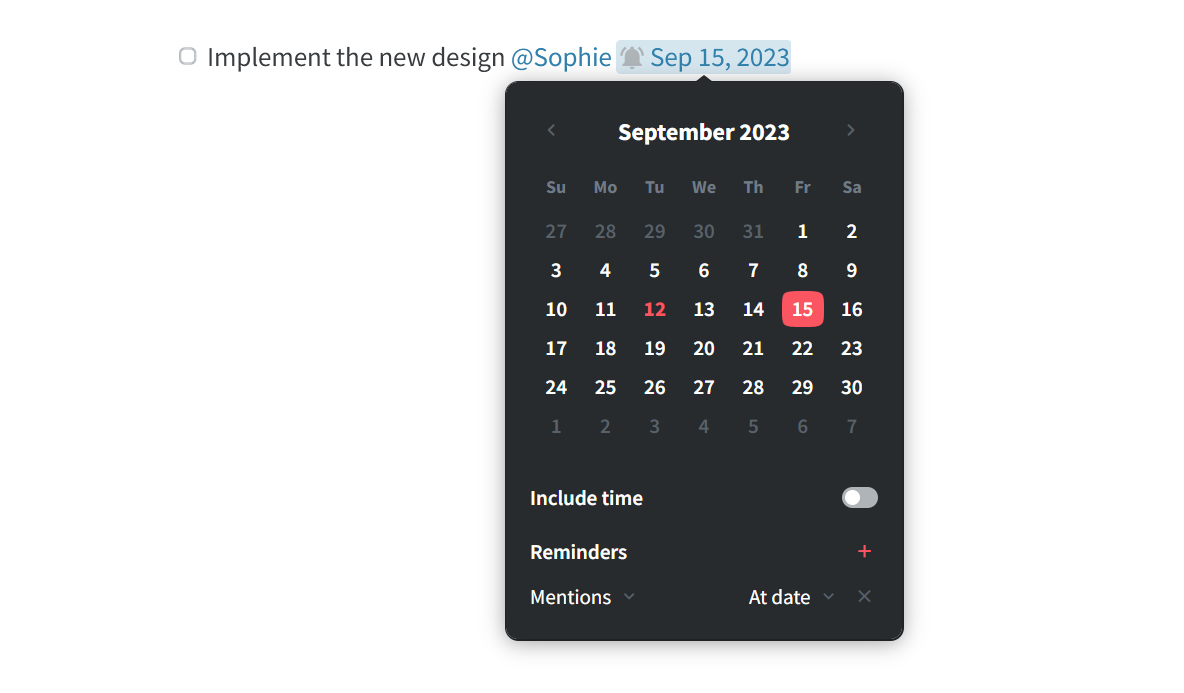
Real-time collaboration is a cornerstone of Nuclino. Every change and contribution is automatically saved and synchronized, ensuring that team members are always working on the latest version. The platform maintains a detailed version history for each document, allowing teams to track changes and, if necessary, revert to previous versions. This feature is particularly valuable in the design process, where evolving concepts and iterative refinement are common.
Nuclino also streamlines the feedback and review process. Team members can exchange ideas and feedback directly within the platform using comments and mentions. This encourages active collaboration and accelerates the refinement of design concepts.
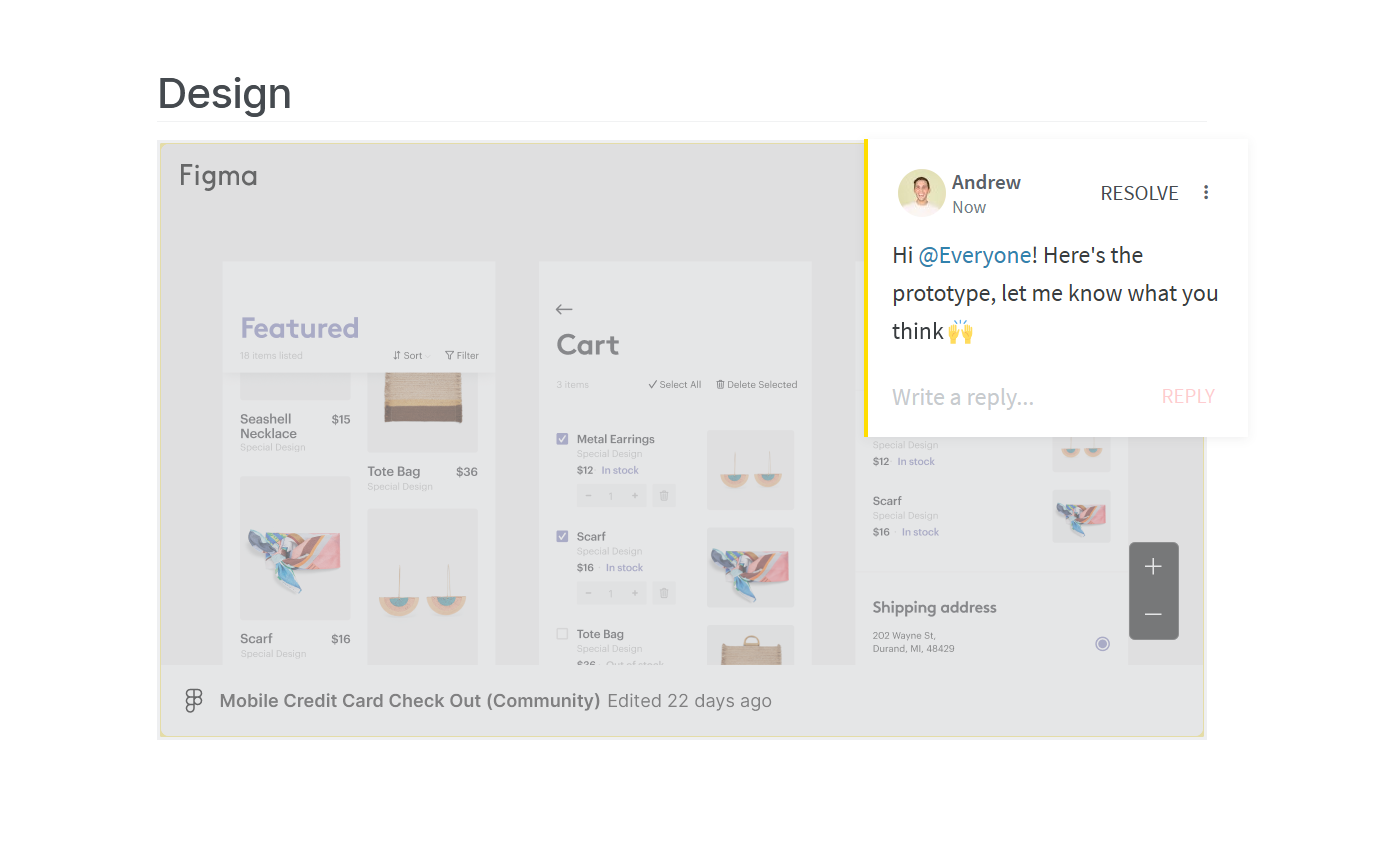
And while Nuclino can be used exclusively as a design project management tool, there is much more you can do with it. It can act as a central hub for all the activities of a creative agency or design team.
For example, it can host a team’s knowledge base, housing essential resources like design principles, brand guidelines, creative assets, and best practices. This centralized repository of information is invaluable for maintaining consistency and quality in design work. Additionally, Nuclino can be utilized for organizing client information, collaborating on design briefs, and onboarding new team members, ensuring that all relevant information is accessible and up-to-date.
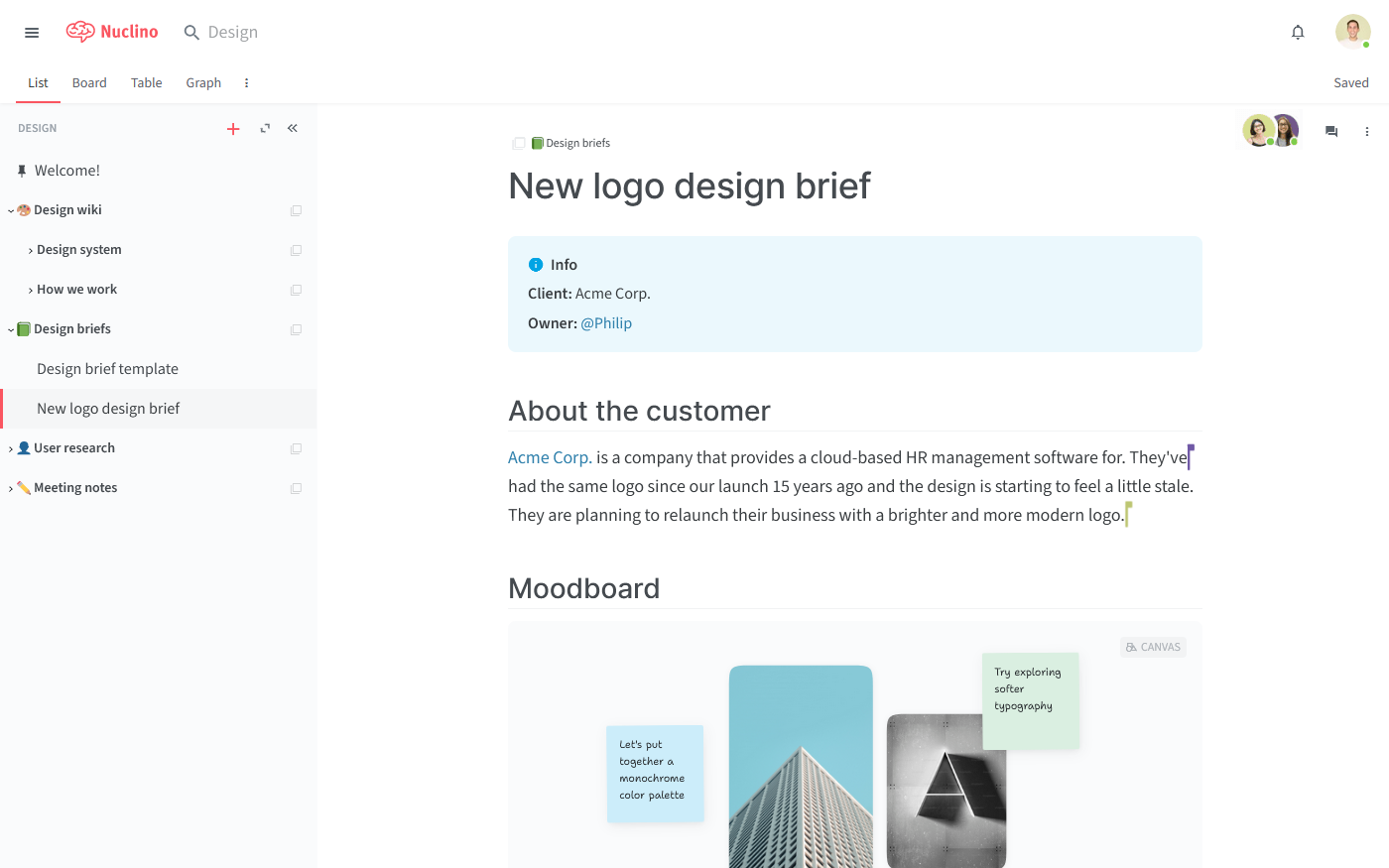
What users say about Nuclino:
"Nuclino, first and foremost, is EXTREMELY easy to use. The GUI is self-explanatory, with a clean and modern front end. A positive experience from top to bottom."
2. Trello
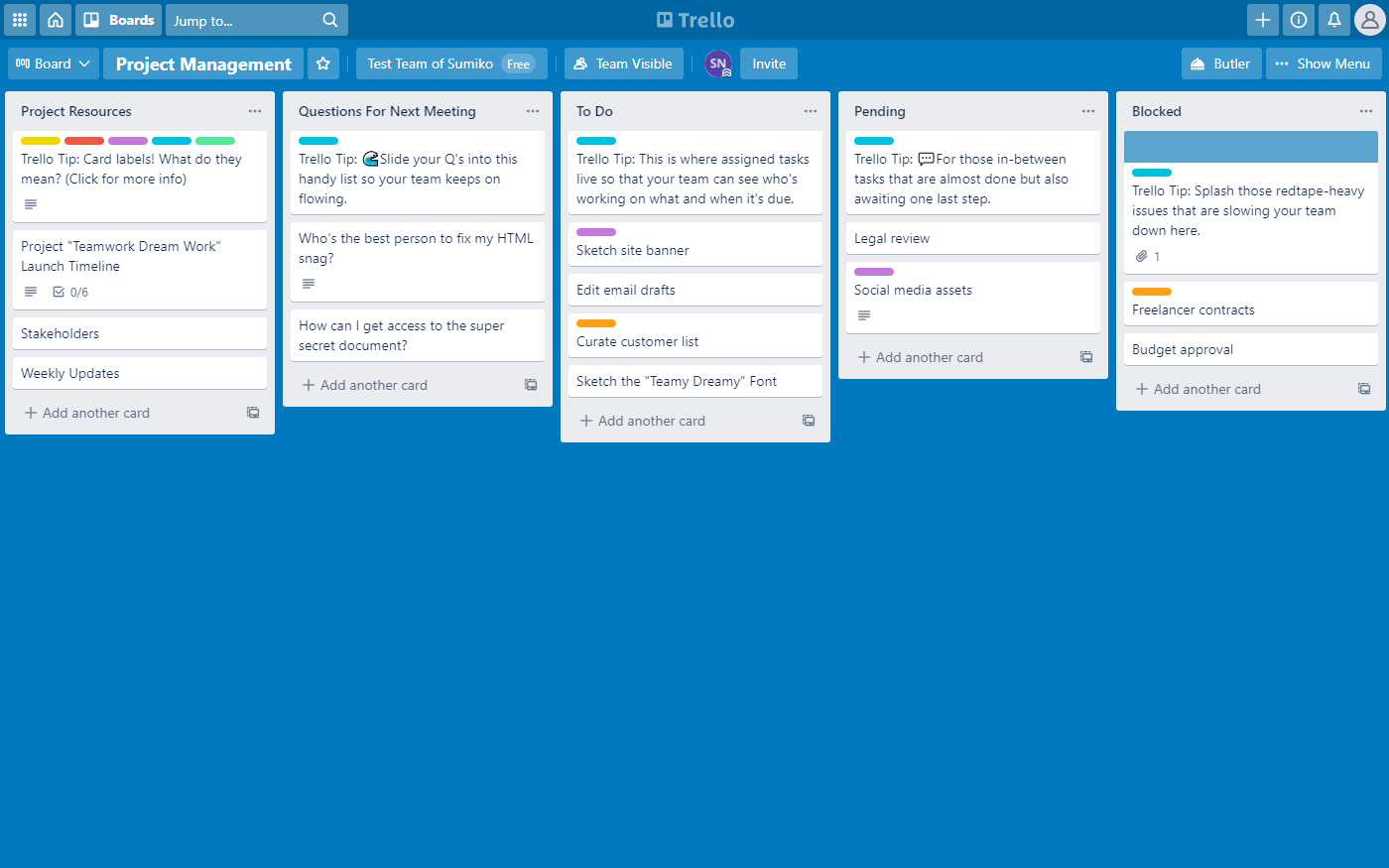
Pricing: Free, advanced features starting from $10/user/month
Rating on Capterra: 4.5/5
Trello's visual board approach is a natural fit for design workflows. Designers can visualize project stages as cards that move across lists, mimicking the creative process.
Its simple drag-and-drop interface, coupled with powerful customization through labels, checklists, and integrations (like Adobe Creative Cloud), makes it an adaptable tool for both individual designers and collaborative teams.
Looking for more tools similar to Trello? Check out this list of Trello alternatives.
What users say about Trello:
"Our experience with Trello comes from managing multiple, enterprise-class interface and application design projects. The ability to quickly set up new workspaces, create lanes (lists), tasks and assign them to the appropriate team member makes using Trello a time saver."
3. FigJam
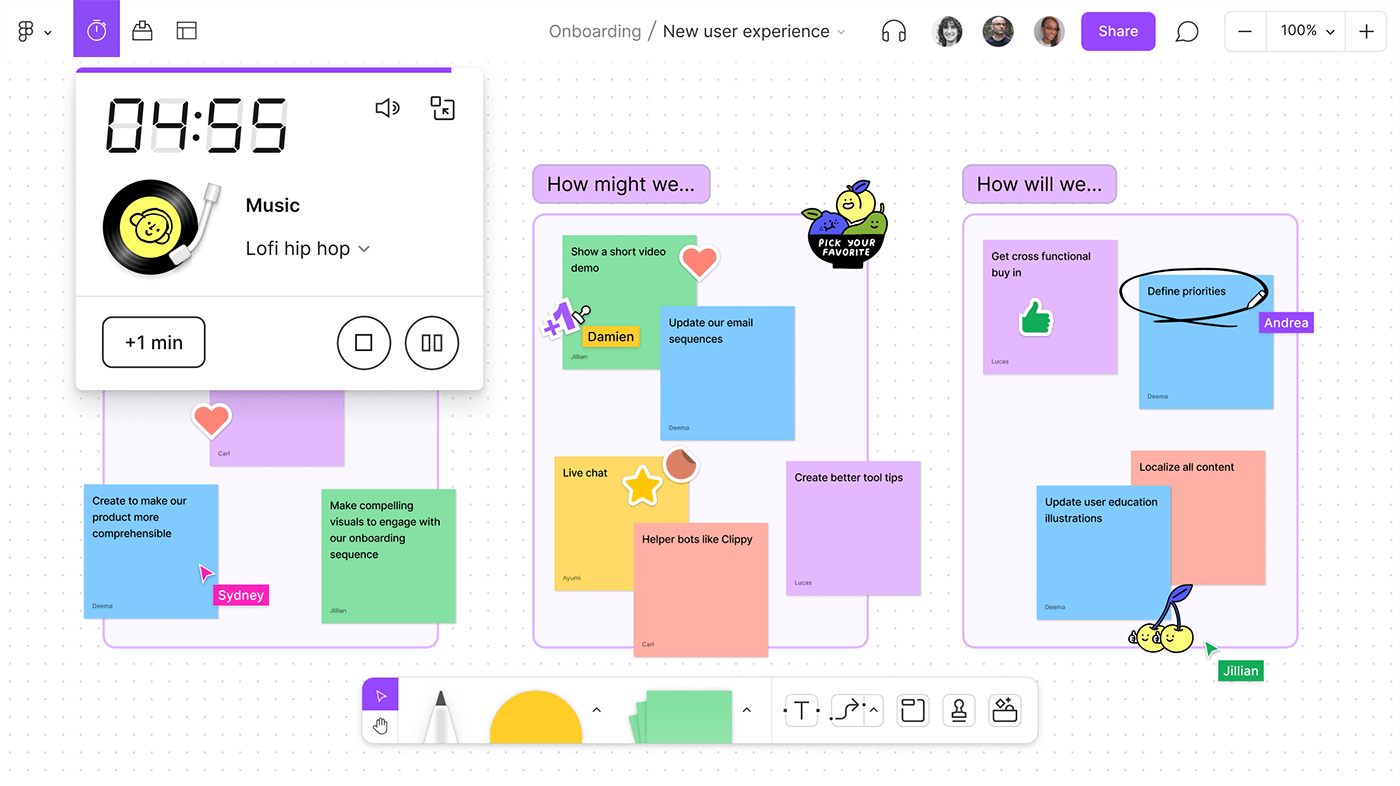
Pricing: Free, advanced features starting from $3/user/month
Rating on Capterra: 4.8/5
As an extension of Figma, FigJam is particularly beneficial for design teams already using Figma for UI/UX design. It acts as a collaborative whiteboard where teams can brainstorm, sketch, and map out design processes in a shared space.
FigJam’s seamless integration with Figma allows for an uninterrupted flow from ideation to design execution.
What users say about FigJam:
"FigJam is a very useful and intuitive online collaboration tool. Although it's a very new product as compared to other competitors in market, but its 'simplicity' makes it stand out from the rest."
4. Basecamp
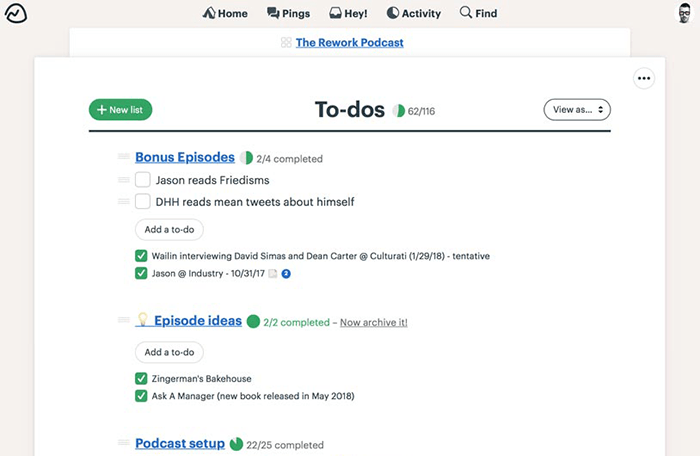
Pricing: $15/user/month or $299/month for unlimited users
Rating on Capterra: 4.3/5
Basecamp’s straightforward approach to project management makes it a solid choice for design teams that prioritize simplicity and clarity.
It combines project management essentials - like to-do lists, file storage, and team messaging - in a simple, user-friendly interface. This ensures that teams spend less time managing the tool and more time focusing on creative work.
Looking for more tools similar to Basecamp? Check out this list of Basecamp competitors.
What users say about Basecamp:
"Another designer recommended Basecamp for managing web design projects. This product allows me to keep everything for my client projects in one place! I like being able to collaborate with clients on a timeline and assigning them tasks."
5. Asana
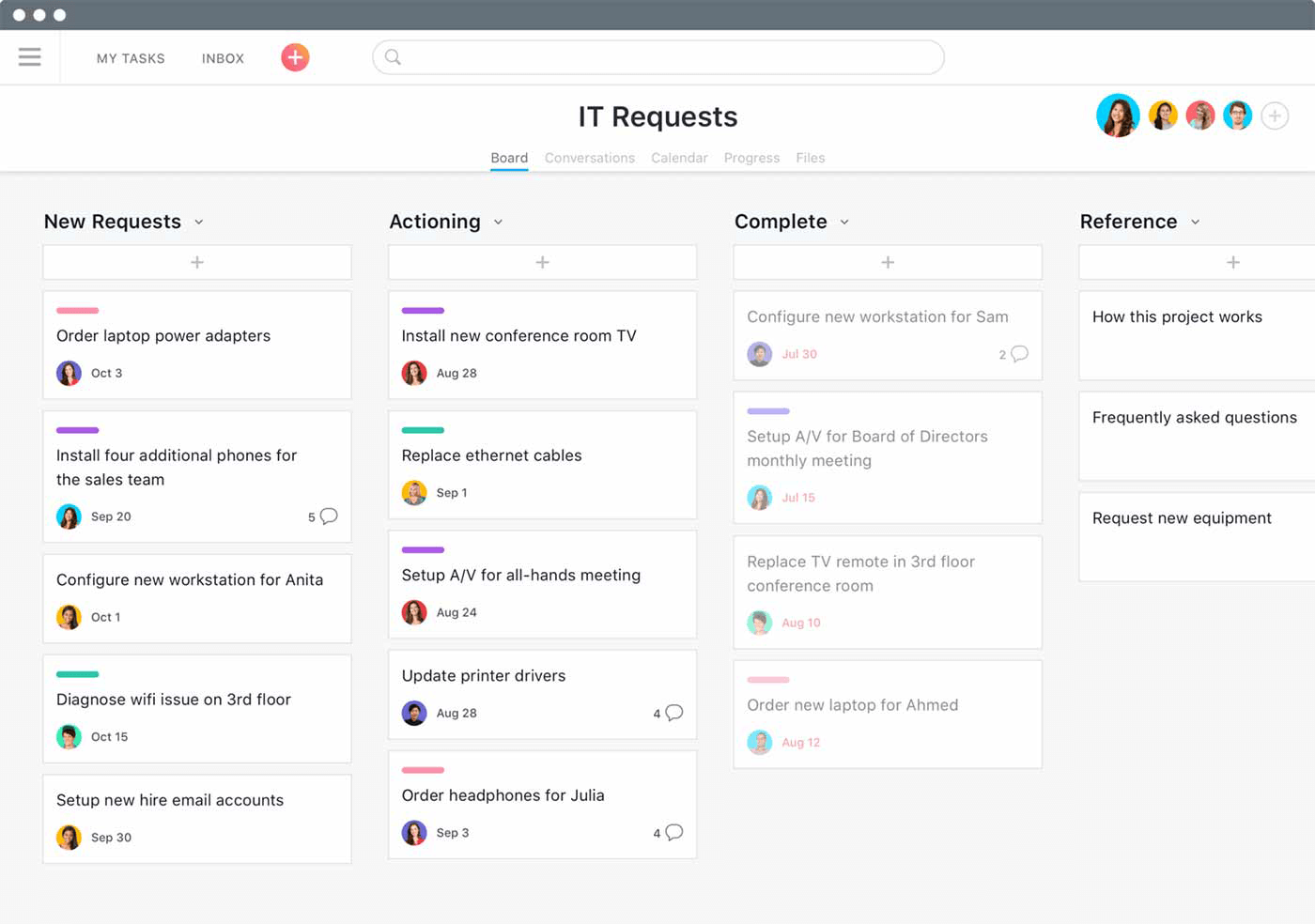
Pricing: Free, advanced features starting from $10.99/user/month
Rating on Capterra: 4.5/5
Asana's flexibility and user-friendly design make it a favorite among creative teams. It helps in breaking down projects into manageable tasks with clear deadlines and responsibilities.
Asana's timeline view and integration with tools like Adobe Creative Cloud streamline the planning and execution of design projects, ensuring all team members are aligned and up-to-date. The platform's ability to handle multiple projects and its range of viewing options, like list, board, and calendar views, cater to the varied preferences of designers.
Looking for more tools similar to Asana? Check out this list of Asana alternatives.
What users say about Asana:
"Asana has been integral to our business in the last few years. We are a small design and web development agency, and we're finally able to track our projects from first inquiry to project close. Asana has been an amazing tool for keeping our processes efficient and transparent, and we've set up teams shared with some clients so that they too can be aware of our progress on their projects."
6. Wrike
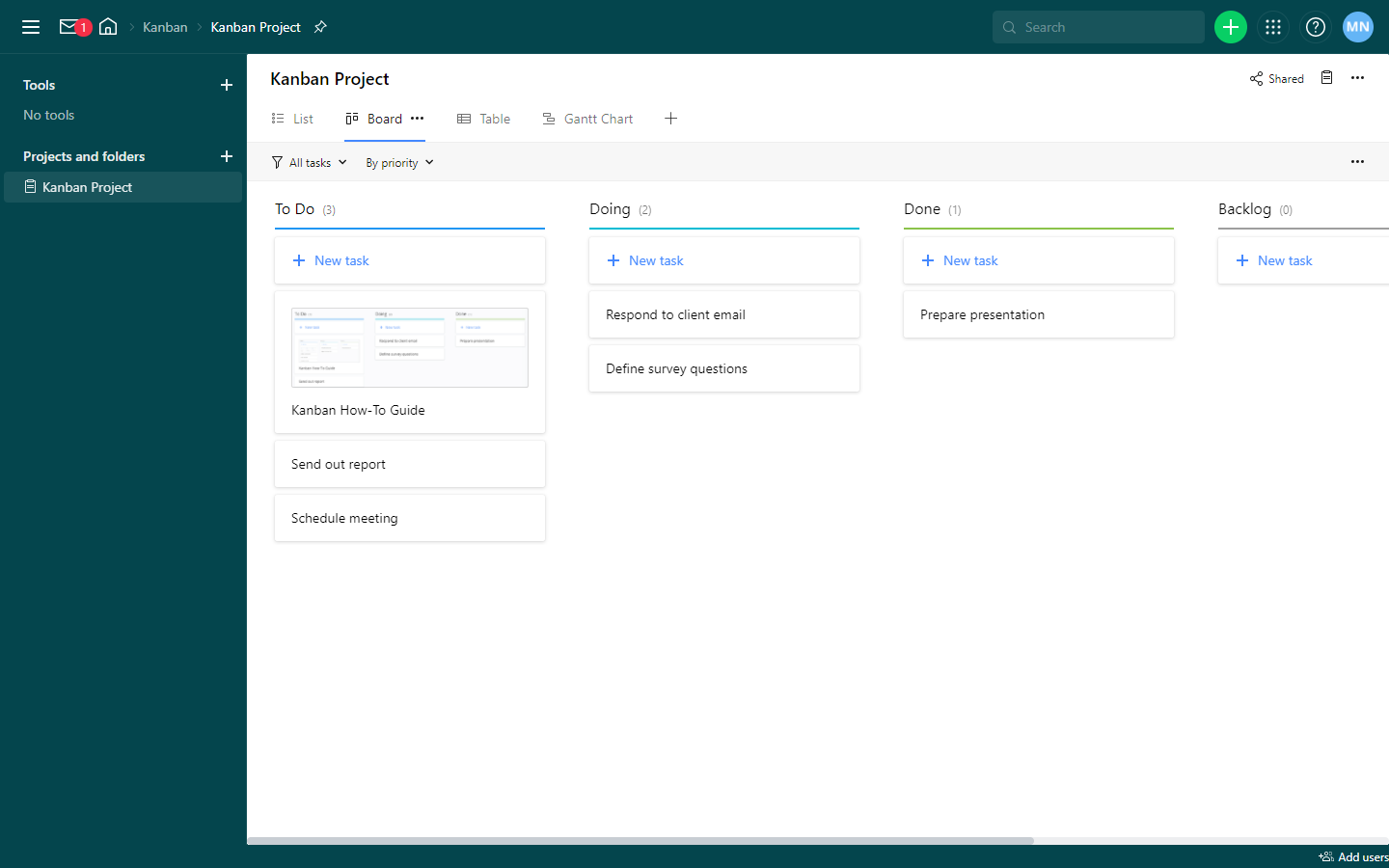
Pricing: Free, advanced features starting from $10/user/month
Rating on Capterra: 4.4/5
Wrike stands out with its extensive customization options. It offers a range of views and workflow configurations, allowing design teams to tailor the platform to their specific project needs.
Its robust tracking and reporting tools provide clear insights into project progress and team performance, which is vital for managing complex design projects with multiple stakeholders.
Looking for more tools similar to Wrike? Check out this list of Wrike alternatives.
What users say about Wrike:
"The goal of Wrike is for our design team to acquire work assignments and status reports and inform stakeholders when the project is completed. Wrike makes it simple to interact across corporate teams. The best feature is that followers for a certain job are notified when the status changes."
7. Miro
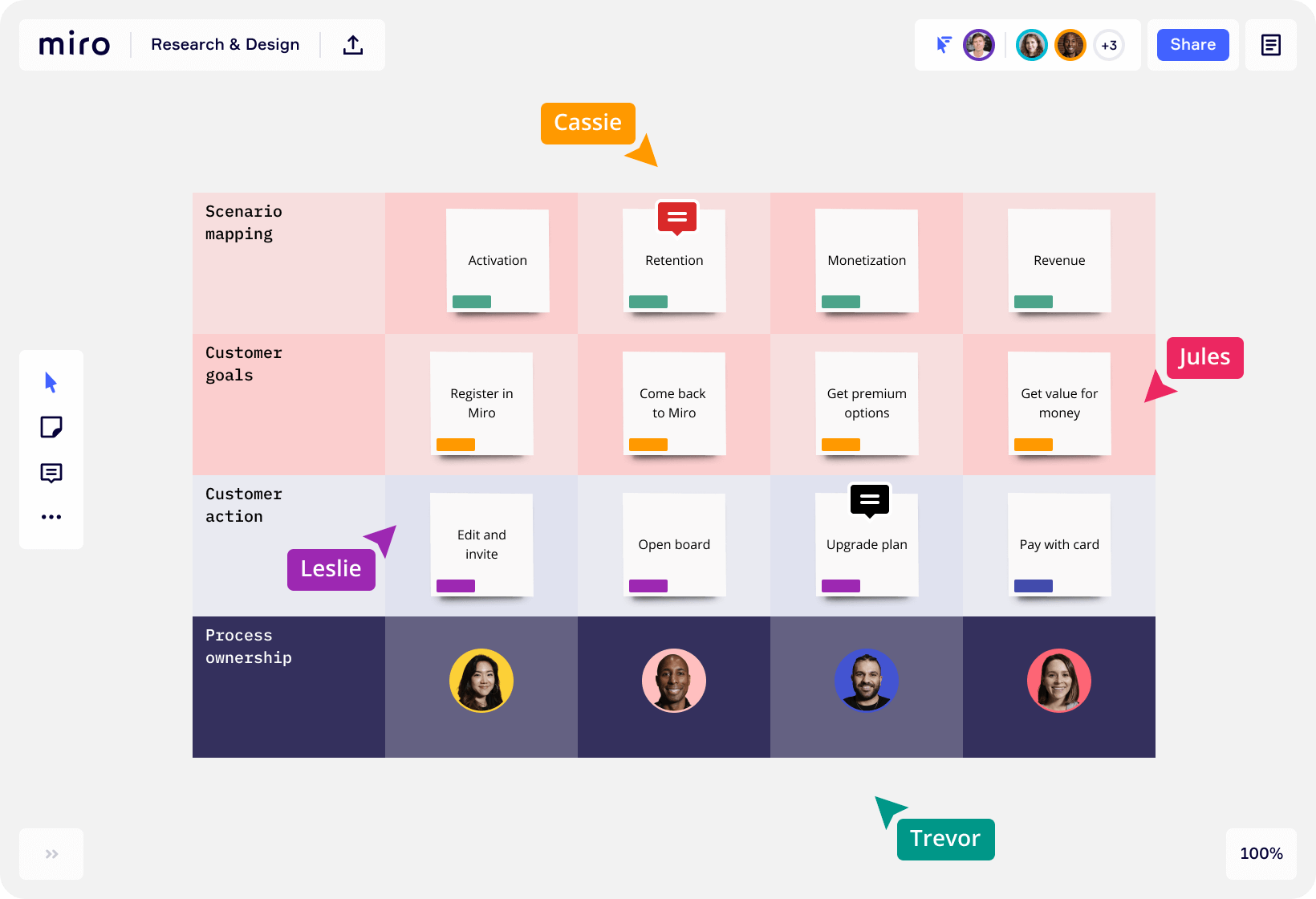
Pricing: Free, advanced features starting from $5/user/month
Rating on Capterra: 4.2/5
Miro is essentially a digital canvas, offering an expansive space for brainstorming, diagramming, and project planning. This visual collaboration tool is particularly suited for design teams that rely on visual thinking and ideation.
Its interactive templates, sticky notes, and drawing tools make it ideal for remote or hybrid teams to collaborate as if they're in the same room. The integration with other design tools further streamlines the workflow.
Looking for more tools similar to Miro? Check out this list of Miro alternatives.
What users say about Miro:
"Any product designer, UX designer, UI designer, or member of a remote design team should have a copy of Miro on hand. It's a great tool for design thinking, brainstorming, and whiteboarding. Their great templates will also assist any novice get started and hold fruitful meetings."
8. Airtable
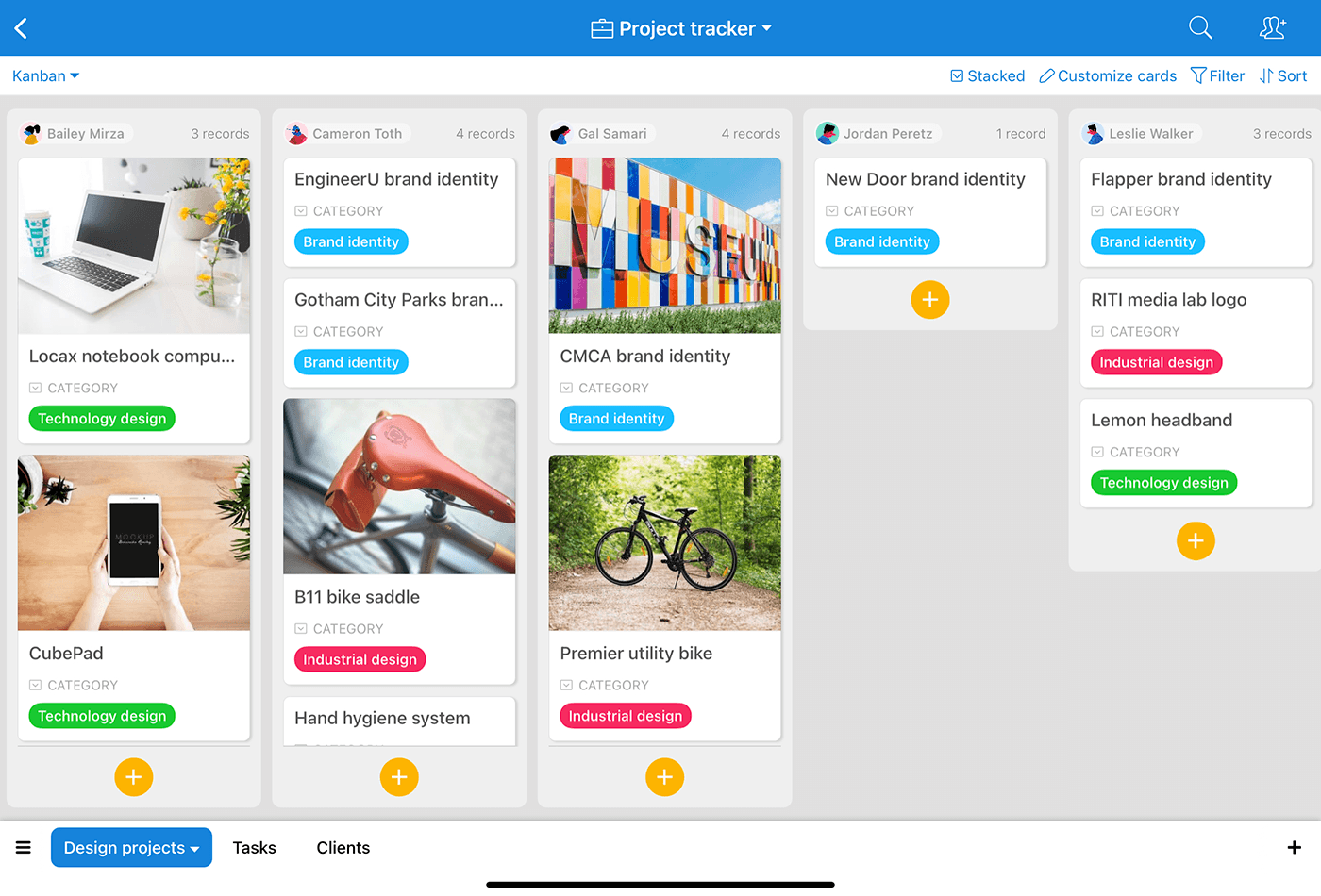
Pricing: Free, advanced features starting from $20/user/month
Rating on Capterra: 4.7/5
Airtable stands out for its unique combination of database functionality with a user-friendly interface. It's particularly useful for design teams that manage complex projects with lots of moving parts.
Airtable's customizable views, such as Grid, Calendar, Kanban, and Gallery, along with its powerful filtering and sorting capabilities, make it highly adaptable for various design project needs. Its rich field types and linking records across tables offer a structured yet flexible approach to managing design workflows.
Looking for more tools similar to Airtable? Check out this list of Airtable alternatives.
What users say about Airtable:
"The creative team uses Airtable as a centralized location to track projects and status. I don't know how we survived without AirTable before, and can't imagine not having AirTable in the future."
9. MeisterTask
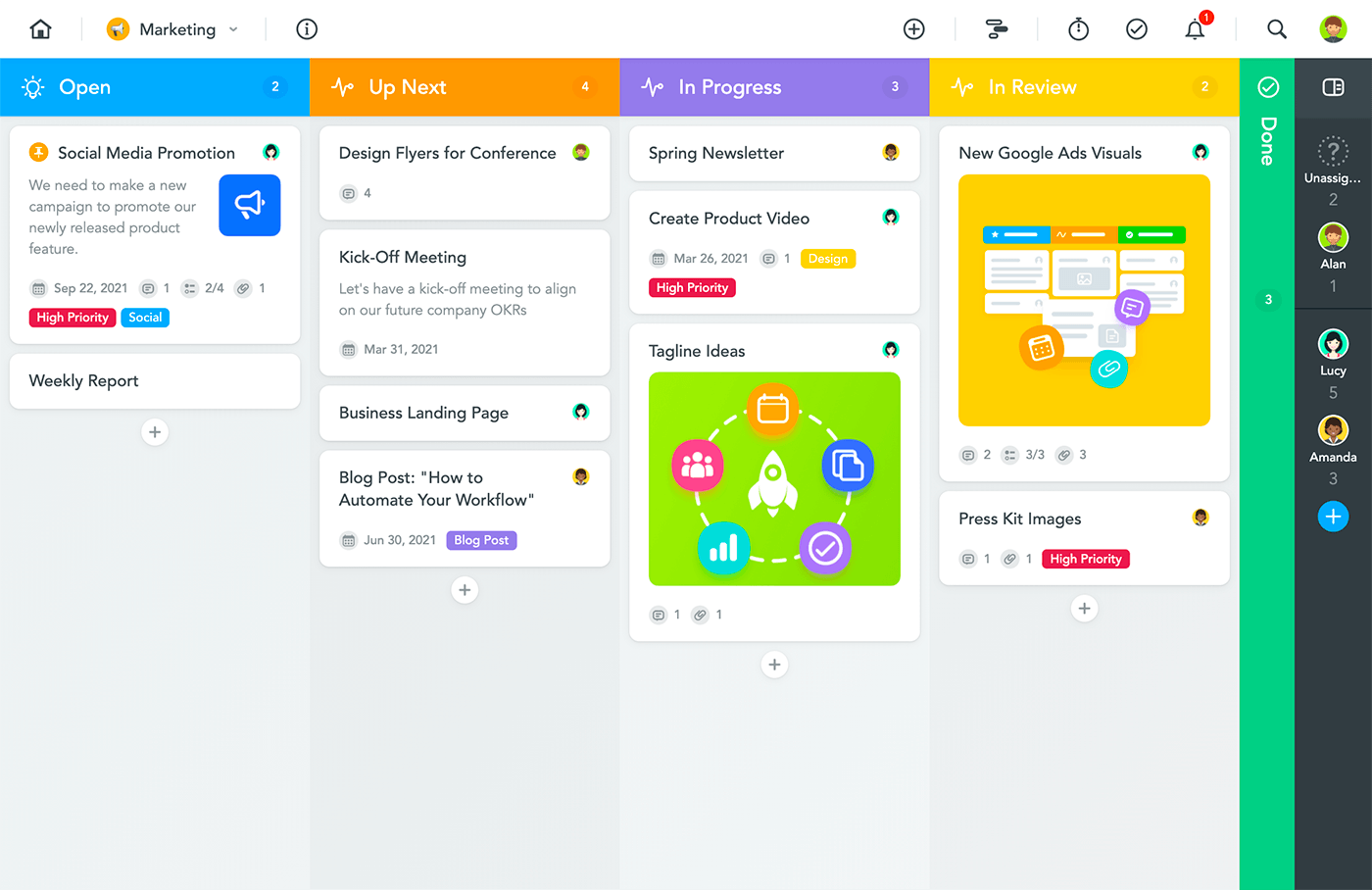
Pricing: Free, advanced features starting from $13/user/month
Rating on Capterra: 4.7/5
MeisterTask stands out with its visually appealing and intuitive interface. Its integration with MindMeister, a mind mapping tool, makes it a great choice for the initial stages of design projects where brainstorming and concept mapping are key.
It provides a seamless transition from ideation to task management, with features like custom workflows and automations to streamline the design process.
What users say about MeisterTask:
"Great tool for assigning and tracking design projects. MeisterTask was easy to set up and we were able to make it work the way we needed it to. Tasks (projects) are assigned to a designer and then checklists are created for each project to ensure every aspect is completed. It's a visual tool that allows each designer to see and manage only their projects and managers can see all projects at once."
10. Smartsheet
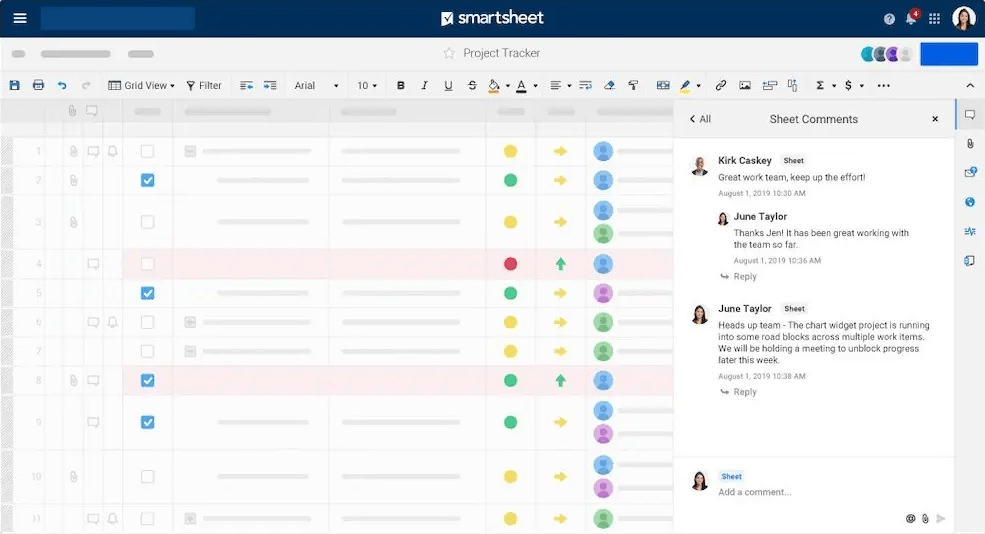
Pricing: Free, advanced features starting from $7/user/month
Rating on Capterra: 4.5/5
For design teams working on large-scale projects involving multiple stakeholders, Smartsheet offers a powerful, spreadsheet-like interface with enhanced features for project management. Its capabilities in resource management, reporting, and automation support complex project planning and tracking.
The ability to create detailed Gantt charts and rich data visualizations in Smartsheet makes it a strong contender for design teams requiring in-depth project analysis and tracking.
What users say about Smartsheet:
"As collaborative designers in the Architecture, Engineering, and Construction space, we have found so many ways to employ Smartsheet in our workflows, it really is mind-boggling. Users inside and outside our organization can participate in scheduling, task assignments and tracking, integrated problem solving, q-lists, contact directories, project management, and so many more elements all in the same platform."
Finding the best design project management tool
Selecting the right project management tool is a pivotal decision for any design team. It's not just about tracking tasks and deadlines; it's about finding a solution that complements and enhances the design process.
From the streamlined simplicity of Nuclino and Basecamp to the comprehensive functionality of Wrike and Smartsheet, each tool we’ve discussed offers unique features tailored to the needs of design teams.
Ultimately, the best design project management software is the one that fits seamlessly into your workflow, empowering your team to do their best work. It should be a tool that supports your creative process, fosters collaboration, and keeps your projects on track, all while being intuitive and enjoyable to use.
Ready to get started?
